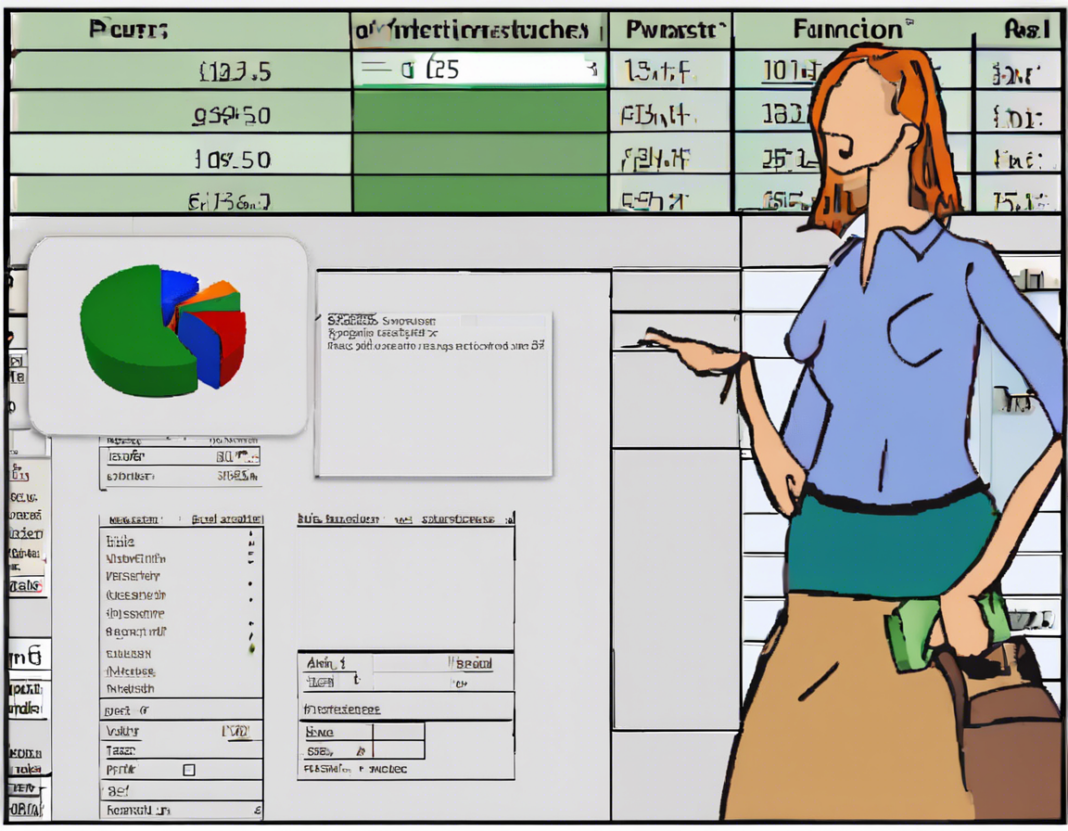In the world of Microsoft Excel spreadsheets, there are a myriad of functions and formulas at your disposal to help make data analysis and manipulation more efficient and effective. One such function is the SUMIF function, which is widely used to calculate the sum of values in a range that meet specific criteria. However, it's crucial to note that SUMIF is not a stand-alone function in Microsoft Excel.
Understanding SUMIF and Its Alternatives
The main purpose of the SUMIF function is to add up values in a range that meet a specific criterion or condition. The syntax of the SUMIF function typically looks like this: =SUMIF(range, criteria, sum_range). Here, ‘range’ refers to the range of cells that you want to evaluate, ‘criteria’ is the condition that must be met for a cell to be included in the sum, and ‘sum_range’ is the actual range of cells to be added.
However, despite its popularity and usefulness, the SUMIF function is not a standalone function in Excel. Instead, it is part of a family of functions that includes SUMIFS, COUNTIF, AVERAGEIF, and AVERAGEIFS. These functions work similarly to SUMIF but offer extended functionality for more complex calculations.
The Difference Between SUMIF and SUMIFS
To perform conditional summing in Excel, many users often search for the SUMIF function. However, it's essential to understand that the SUMIF function only allows for one condition to be evaluated. If you need to sum based on multiple criteria, you would need to use SUMIFS instead.
The SUMIFS function allows you to sum values based on multiple conditions. Its syntax is similar to that of SUMIF but includes additional pairs of ‘range’ and ‘criteria’ arguments for each condition you want to apply. For instance, the syntax for the SUMIFS function looks like this: =SUMIFS(sum_range, range1, criteria1, [range2], [criteria2], ...).
How to Use SUMIFS Instead of SUMIF
Here is a step-by-step guide on how to use SUMIFS in place of SUMIF for conditional summing in Excel:
-
Identify Your Criteria: Determine the conditions that you want to apply to the data set for summing.
-
Enter the Formula: In a blank cell, enter the SUMIFS formula. Start with the sum_range argument, followed by the range and criteria pairs for each condition.
-
Reference Cells for Criteria: To make your formula dynamic and easier to modify, consider referencing cells that contain your criteria instead of hardcoding them into the formula.
-
Press Enter: Once you have entered all the necessary arguments, press Enter to calculate the conditional sum.
FAQ Section: Frequently Asked Questions about SUMIF and SUMIFS in Excel
1. What is the main difference between SUMIF and SUMIFS?
Answer: The main difference is that SUMIF allows for summing based on a single condition, while SUMIFS enables summing based on multiple criteria.
2. Can I use SUMIF with multiple criteria in Excel?
Answer: No, SUMIF only supports one condition. For multiple criteria, use the SUMIFS function.
3. How do I sum values in Excel based on multiple conditions?
Answer: To sum values based on multiple conditions in Excel, utilize the SUMIFS function, which allows for multiple criteria to be specified.
4. Are there any limitations to using SUMIFS?
Answer: One limitation of SUMIFS is that all criteria must be met simultaneously in order for a value to be included in the sum.
5. Can SUMIFS be used with non-contiguous ranges in Excel?
Answer: Yes, SUMIFS can be used with non-contiguous ranges by specifying multiple range and criteria pairs within the function.
Conclusion
While it’s common to refer to the SUMIF function for conditional summing in Microsoft Excel, it's important to recognize that SUMIF is not a standalone function and that SUMIFS is the preferred choice for summing based on multiple criteria. By understanding the nuances between the two functions and how to effectively utilize SUMIFS, you can enhance your data analysis capabilities and streamline your spreadsheet calculations.

